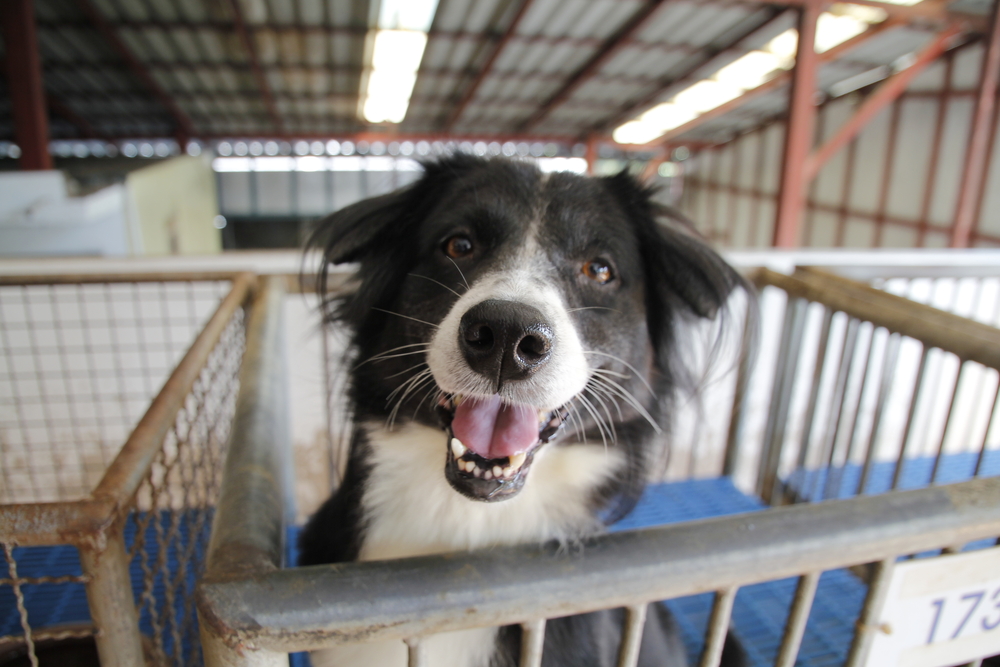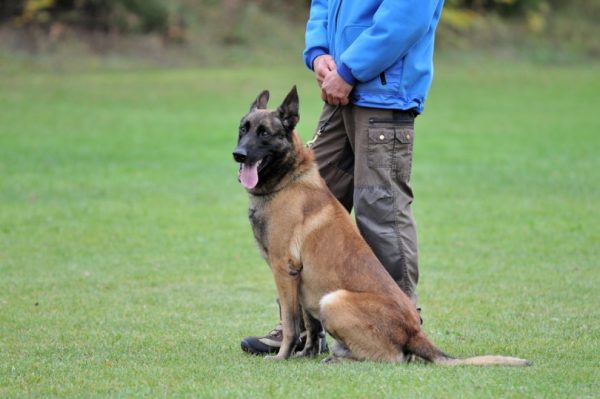In this article
When you’re looking for a relaxing, low-impact way to bond with your dog, sometimes the best solution is as easy as opening a good book. Reading aloud offers unique mental, emotional, and social benefits for children and adults. Beyond that, enjoying the written word with our dogs provides a unique sense of comfort any pet owner can appreciate.
The only question is: Do dogs like to be read to? As satisfying as reading may be for us, words don’t mean much to dogs beyond the arbitrary commands we give. Indeed, it may not be the content but rather the simple sound of our voice that makes this a worthwhile activity. We’ll discuss how and why shared reading can benefit you and your pets in this look at whether dogs like it when we read to them.

Do Dogs Like to Be Read To?
Reading to another person can inspire nostalgia for childhood and memories of hearing our parents weave intricate worlds with their nighttime stories. It was comforting then, and being on the other side lets us give our loved ones that familiarly soothing sensation, which includes our pets!
Dogs enjoy having someone read to them, though not for the reasons we did as children. Of course, most words and the general gist of what we’re reading don’t mean much. Like humans, dogs find comfort and companionship in having a book read to them. Whether with a pet or a shelter dog, shared reading offers positive interactions that benefit their general welfare.

Audiobooks vs. Reading to Dogs
A study compared the effects of audiobooks on shelter dogs versus different music types, including classical, pop, and specially designed dog music. Researchers exposed a group of 31 shelter dogs living in separate kennels to these various music styles and an audiobook (“The Lion, the Witch, and the Wardrobe”). The dogs listened to the samples one at a time for two hours a piece, while the researchers recorded their actions during each session.1
The study’s results showed the significant impact audiobooks could have on a dog’s stress behaviors. Compared to the music samples, audiobook exposure showed various effects indicating lower anxiety and greater relaxation, such as:
- Reduced barking
- Reduced vocalizations (e.g., howling, whining)
- Increased resting behavior
- Reduced instances of sitting or standing vigilant
Since audiobooks alone seem so beneficial, you may wonder whether reading directly to your dog would make a difference. A 2021 study investigated that exact question, looking at how shelter animals responded while listening to an audiobook with or without a person present.2
The researchers found the human presence added appeal. Many dogs tried to interact with and pay more attention to the person. Dogs spent more time resting with a person present, indicating a relaxed emotional state, though many showed frustration from being unable to interact with them. Others likely felt the person was calming and a positive influence.
Reading to Shelter Dogs
Reading to dogs in a shelter context can be helpful for everyone involved. Even if dogs don’t care for the story they’re listening to, they should appreciate the results of their improved welfare.
Shelters can be stressful, isolating, and unhealthy for a dog’s well-being, promoting poor behaviors. The relaxation and social engagement that reading sessions provide to dogs can help them choose more positive behaviors and improve their chances of adoption.

Why Kids Should Read to Dogs
For children, the effects of reading aloud to a dog can be vast and more pronounced than reading to peers or adults. Recent studies have found the non-judgmental audience dogs provide can yield numerous advantages.
Generally, animal-assisted interventions in any context are stress-relieving for children and adults. In the classroom, this translates to several benefits, including:
- Boosting academic performance
- Teaching empathy and social skills
- Helping children manage their feelings to control aggression and overstimulation
Young readers experience additional perks of canine-assisted reading programs. When reading to dogs, children have shown better comprehension and fluency, less reading-related anxiety, and improved reading performance. They subsequently have a higher motivation to read and greater self-confidence, influencing areas of learning and social development beyond reading.
Benefits of Reading to Your Dog
The value of reading to your dog doesn’t end when you reach adulthood. The bonding opportunity and mood-boosting benefits are still there. Plus, reading aloud allows us to reaffirm our caregiver role. Given the parallels between dog-owner and child-parent relationships, reading to our pet as we would our children can improve our feelings of self-worth.
Cognitively, reading aloud (or “production”) can help adults, particularly seniors, boost their memory. Although it can take longer than reading the words silently, reading aloud makes it easier to remember the information, keeping you from needing to reread or reference the text later. Reading aloud can also improve our speaking ability and vocabulary.

Where Can I Find a Dog to Read To?
If you’re interested in giving your children the benefit of a canine-assisted reading program but don’t have a dog at home, you may have other options near you. With the global success of the Reading Education Assistance Dogs (R.E.A.D.) program, begun in 1999, numerous schools and animal welfare groups have used similar tools to expand opportunities for students needing literacy help.
R.E.A.D. is still thriving, and you can find local affiliate programs on the ITA’s website. Alternatively, many state and municipal humane societies and animal welfare organizations have implemented related programs inviting anyone to read to dogs that are up for adoption. This provides literacy benefits to children and socialization opportunities to make it easier for the dogs to connect with people and find new homes.
An online search of canine-assisted reading opportunities in your area will likely yield convenient results. Therapy dog networks may be able to connect you with local volunteers, and shelters will often welcome any chance to socialize their dogs.
Tips for Reading to Your Dog
Regardless of your dog’s personality, it’s crucial to remember that we can often influence their desire to be read to. Reading is like so many of your dog’s daily activities; their response to it depends on the associations we help create.
Just as we can make sitting and staying feel rewarding via treats, we can make reading sessions desirable by making them comfortable, exciting, and stimulating in positive ways. The following are a few tips to make your daily reading routine as engaging as possible:
- Turn off distractions and find a quiet reading spot
- Shorten reading sessions to 10–15 minutes to prevent boredom
- Get a comfy blanket and pillows to let your dog comfortably snuggle as you read
- Give your dog treats or a stuffed Kong to enjoy as you read to build positive associations
With consistent reinforcement and a predictable routine, your dog will soon become excited about reading time and perk up as it approaches. Going one step further, you can train your dog to “read” by responding to written words. It’s a neat trick to show off to guests and a fun change of pace during your daily training routine.

Final Thoughts
Reading to your dog can be the perfect bonding activity to close out a day of exercise and enrichment. You’ll enjoy all the mental health benefits reading offers while your dog can feel the calming emotional effects of your companionship and interaction. Grab your favorite book and a cozy blanket, and discover how your new evening routine can improve everyone’s quality of life.
- You might also be interested in: I See Me! If My Dog Could Talk Personalized Book Review
Featured Image By: Agnes Kantaruk, Shutterstock



















